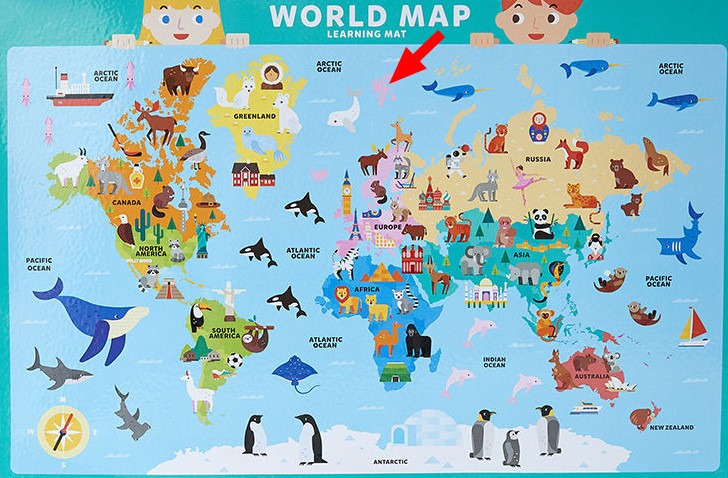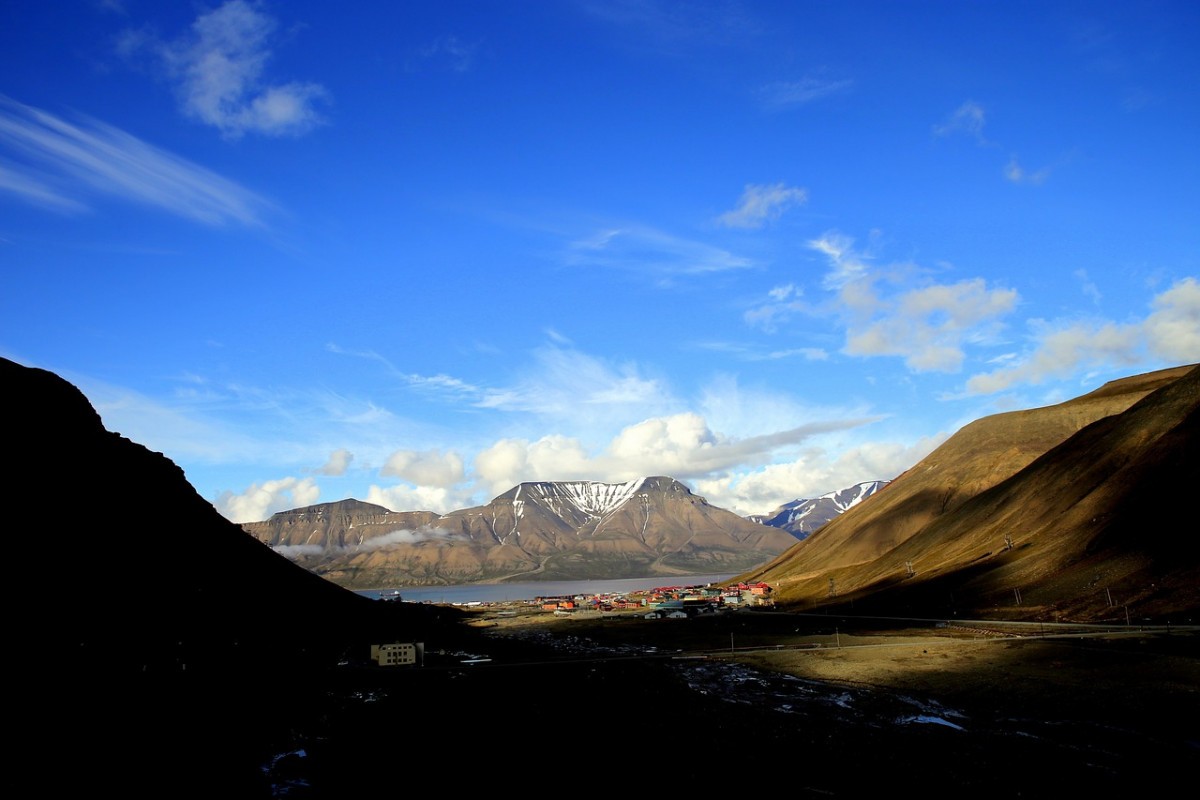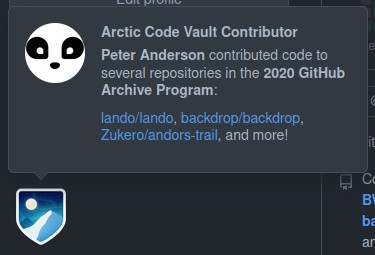Svalbard
It all started when I was eating breakfast one morning. I looked over the top of my breakfast bowl at the world map on the placemat I was using (we have a 3 year-old, so we have ’educational’ placemats). I noticed a collection of islands to the north of Europe, and I wondered what they were. Greenland looks huge (though it’s not really ) and was clearly labelled, and I knew Iceland was the small island to its south-east, but I didn’t know what these other islands were or who they belonged to. So I investigated!

It turns out that this archipelago is called ‘Svalbard’ and is part of Norway (sort of ). Svalbard lies in the Arctic Ocean, approximately halfway between Norway and the North Pole (over 1,000 kilometres north of the Arctic Circle). Because of its extreme northern location, Svalbard experiences 24 hours of daylight (midnight sun) for roughly 4 months during Summer, and 24 hours of darkness (polar nights) for roughly 3 months during Winter. You can often see the Aurora Borealis, even during the ‘day’!

The temperature on Svalbard ranges from an average high of 7°C to an average low of -20°C, however the temperature has been known to drop below -40°C in winter. The entire archipelago is covered in permafrost (permanently frozen ground) with only the top metre of earth thawing during summer. As such, deceased persons cannot be buried there, and are instead transported back to the Norwegian mainland for burial.
Svalbard is a visa-free zone, which means anyone can live and work there. It is also home to some interesting wildlife; including reindeer, Arctic foxes, and polar bears. Due to the presence of the latter, anyone travelling outside of town is required to carry a rifle for protection.

‘Longyearbyen’ is the largest settlement on Svalbard, and is interestingly also the world’s northernmost town. It is named after John Munro Longyear, an American who started coal mining there in 1906. The current population is approximately 2,300 people, and while the majority are Norwegian, another 50 or so nationalities are represented (the second largest group being Thai).
Despite its remote location from the rest of the world, Longyearbyen has a supermarket, post office, church, petrol station, various restaurants, pubs, hotels, and even a Toyota dealership! Unfortunately, also due to its remote location, prices for things in Longyearbyen are generally higher than the mainland. Groceries, for example, have to be brought over by either boat or plane, and this is reflected in the price.

When I was researching Svalbard and Longyearbyen, wanting to learn more about the place, I came across Cecilia Blomdahl’s YouTube channel . Cecilia lives on Svalbard, in a cabin about 10 minutes outside of Longyearbyen. As a photographer/videographer, she captures amazing photos and videos that showcase the beauty of Longyearbyen and Svalbard. She also posts regular YouTube videos about life in the world’s northernmost town.
One of Cecilia’s videos I was watching was about the Global Seed Vault ; a backup collection of seeds from all around the world. After watching her video, I was clicking around on Google Maps, looking at where the seed vault was located, etc. It was then that I made the most amazing discovery of all about Longyearbyen, Svalbard - my personal connection to this unique place!

See, just down the road from the Global Seed Vault I noticed the GitHub Arctic Code Vault . For those who don’t know, GitHub is a hosting provider for source code, and is where code for software projects like Linux, PHP, and Backdrop CMS live. I use GitHub on a daily basis, for contributing to Backdrop and other open source projects. The code vault on Svalbard is a collection of data, stored in a very-long-term archive facility (we’re talking 500+ years).
On the 2nd of February 2020, GitHub took a snapshot of every single active public repository on their site (all 21TB worth), converted it to special film storage, and transported it to the code vault for safekeeping. This means that code that I have personally written and contributed to is physically stored in a vault on Svalbard! How cool is that!
